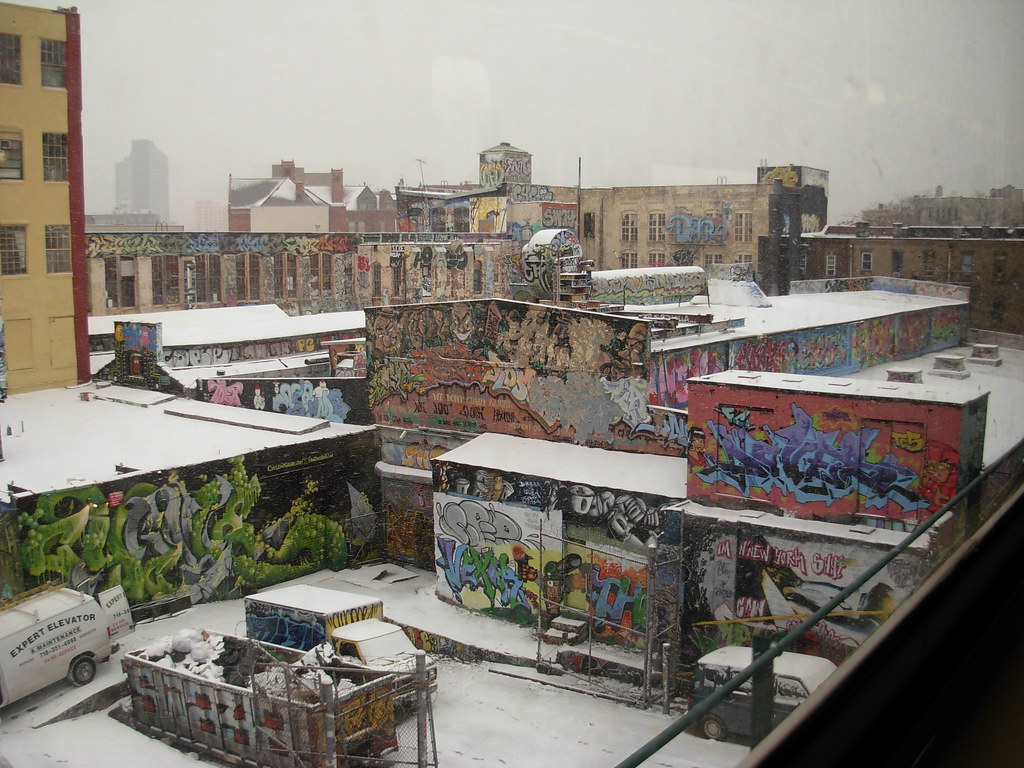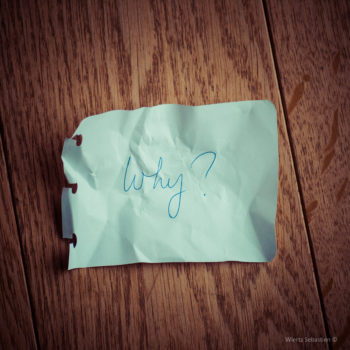Graffiti, what is it you think of when you’re told this infamous word? Is it the murals on walls of old buildings? People’s tags on the side of buildings to make their mark, or a group of teenagers sitting in an abandoned building using illicit substances and spraying explicit things on the walls? No matter what it is you think of, all of them include some level of artful merit.

Why is it that graffiti is viewed in such a bad light? Is because of the actual legality of it? Is it the interpretation we have of the people that do graffiti art? Or maybe it’s because of the expense at which it costs to owners of buildings. There’s no definite answer, but two of these reasons is viewed a lot harsher by the people who are “victims” of graffiti art. Which being the cost, and who they perceive to be doing it. Now I won’t deny, and you should know; that the cost to clean up graffiti is expensive, especially at the rate it’s done as said here: “The cost for cleanup in the U.S. has not been documented definitively,” (“graffiti as vandalism”) but, why does it need to be so expensive? if you could find a cooperate with the graffiti artists, it would cut back costs by a lot. “but it is safe to assume that it is in the billions of dollars. Large cities typically budget more money toward graffiti removal. In 2006, Chicago budgeted $6.5 million”. (graffiti as vandalism”) But why do we perceive it as a mess, would you go to a painter’s home, and begin to scrub their canvases clean of its paint? I would hope not, so why do we feel the need to get rid of these artists works? Or instead try to find a way to focus their efforts, and talents on helping them or even themselves. “If it wasn’t for the fact that most graffiti is placed on private property without the owner’s permission, then it might be more recognized as a legitimate form of art. Most graffiti art, however, is only an annoyance to the property owner, who is more likely to paint over it or remove it than applaud its artistic merit.” (is graffiti art?”) In this it proves the point that, we only see it harshly due to, where it is done. There are many building owners who use graffiti art on their walls as promotional. occasionally you’ll see entire buildings that use graffiti as a way to captivate your attention, make you want to go in see what they have.
Earlier when I asked what you thought of when I said “graffiti” the answer is most think of teenagers or “gangsters” as the demographic who “commit these acts of vandalism”. And while it is true these groups do hold a heavy percentage of this kind of thing, what else is it that’s associated with vandalism? Destruction is the main issue that the word vandalism umbrellas over. Egging houses, toilet papering their trees, breaking their windows, and tearing up their lawn. All are vandalizing acts. But let’s look at Graffiti once more, how is it, that these two things can be associated, what destruction does graffiti really cause? If you ask me, I see no destruction at all in it, comparing the two is like buying a lamb to lay you eggs. Or asking your baby sibling to help you with your college essay, It seems silly doesn’t it? I certainly wouldn’t trust my sister to do my work for me. But the point being, the way we describe vandalism. Is it causing harm, and visible destruction to the property?
Art is seen as expression. In some cases said to “bring life” to that around it. The expression of the self, the place, or even those around where it’s made. And now, look at graffiti, it is exactly that, it’s the expression of the artist, it brings life to the area around it, giving it character once more. Some of those old building, would never be used for anything, So now when some wanderer finds their way through it, they’ll see the mural that is the collaborative effort of many many artists, grafting the walls. But to prove my point further, let’s see what others are saying: “Like all other artistic forms, graffiti has experienced movements or changes in style. From the first tag scribbled on a subway train to the large, complex mural on a billboard, the movement has experienced change. The tools and the means have changed as well. Markers were traded in for spray paint, and stencils and stickers were introduced to make pieces easier to execute.” (“graffiti as art”) Here, it shows that it has been around, it’s grown, adapted, and requires effort to execute. So what reason other than it’s placement makes it vandalism?
I cannot answer it for you. So the next time you see graffiti laying around, I encourage you to take a look at it. Find what about it, is illegal other than where it’s placed. And then take a step back from there, and look at it’s art, and think for a moment, that if this were any other form of art, would it be served on a gold platter.
“Graffiti in Queens, New York City” by pchurch92 is licensed under CC BY 2.0.











